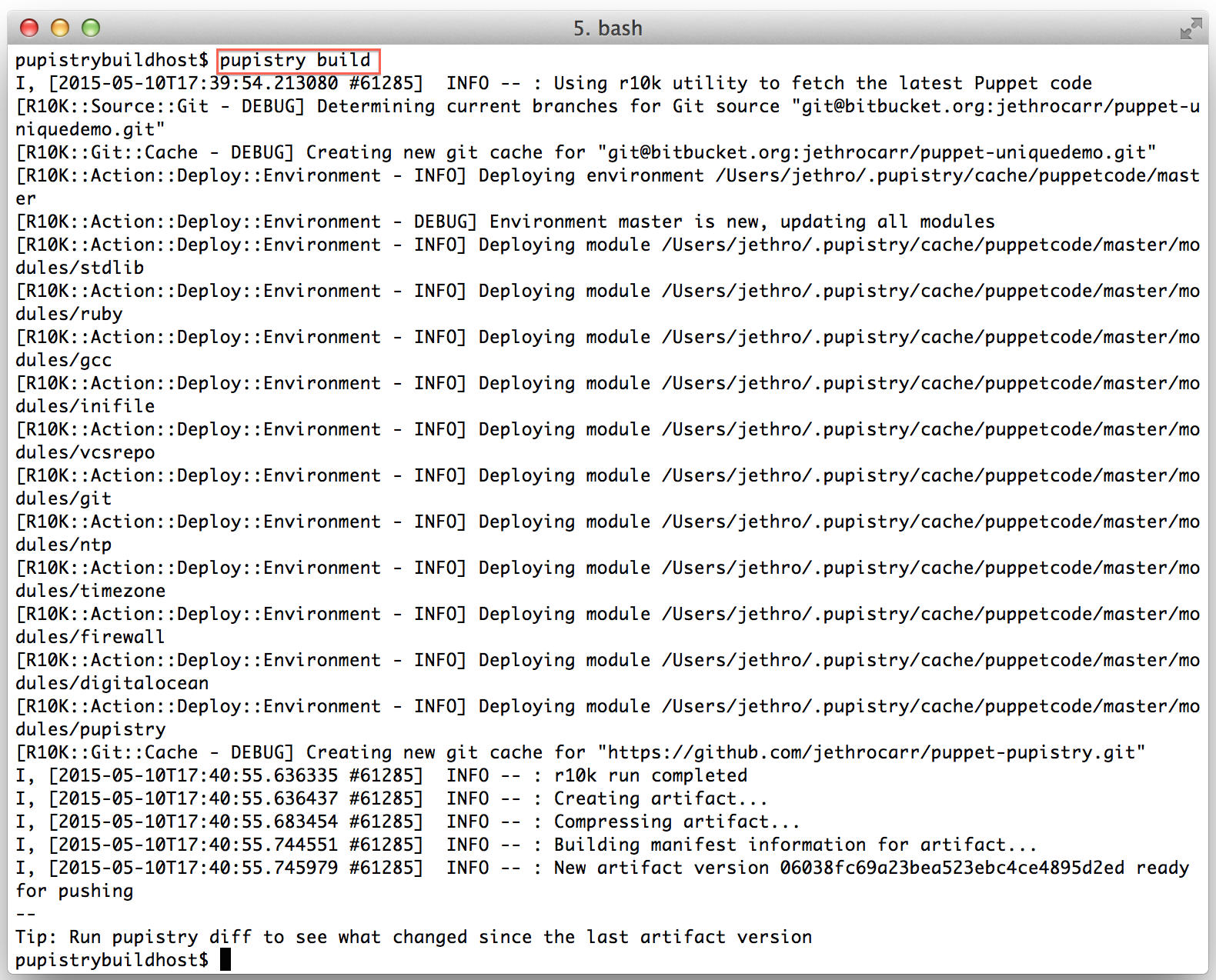Gpg Change Default Key
Data: 1.09.2018 / Rating: 4.7 / Views: 851Gallery of Video:
Gallery of Images:
Gpg Change Default Key
GPG Change Passphrase Secret Key Password Command last updated October 13, 2013 in Categories Commands, Cryptography, Linux, UNIX I know how to cange a passphrase for openssh using sshkeygen command. Key Management with GPG Up: I want to use Previous: Any other Linux distribution Contents Setting up GPG for the first time Before you can begin to use GPG for encryption, you should create a key pair. To change the passphrase on your default DSA key: sshkeygen p f. sshiddsa then provide your old and new passphrase (twice) at the prompts. 0, default is Cast5, for GnuPG 2. Per default, GnuPG will read the recipient's algorithm preferences and take the first algorithm in that list it supports (in other words, it takes the mostpreferred supported algorithm the recipient asks for). gpg recognizes these commands: s, sign. This command may be combined with encrypt. Change the key expiration time. If a key is selected, the time of this key will be changed. With no selection the key expiration of the primary key is changed. The default key is the first one from the secret keyring or the one set. Using the gpg editkey UID command for the key that needs to be signed you can sign it with the sign command. You should only sign a key as being authentic when you are ABSOLUTELY SURE that the key is really authentic. If you have multiple gpg keys on your system, you can specify which key via associated email address, like so: gpg sign defaultkey email@address gpg. docx Where email@address is the address. I have a WebApplication, using GWT Tomcat Jersey Postgres. All the important data is encrypted on Postgres with a gpg public key and decrypted with a gpg private key. The operation to carry out in the outgoing messages (sign, encrypt or both) is chosen exactly before presing y to send the message, inside the option menu that is visible with the p option. Once you have choosen the operation to carry out, only the line PGP in the message header showed in the screen will change, but until you send the message with y you won't. To choose a default key without having to specify defaultkey on the commandline every time, create a configuration file (if it doesn't already exist), . conf, and add a line containing defaultkey However, all of the major keyservers communicate with each other and synchronize keys, so you usually don't need to change the default. To send your key to a keyserver, you need to know your key ID. Submitting your GPG key to a keyserver. Seahorse is a GUI tool for creating and managing OpenPGP keys, securely storing passwords, and creating and managing SSH certificates. It uses GPG as the backend OpenPGP implementation. Create and export an OpenPGP PublicPrivate Key pair Home Red Hat 5 and 6 Red Hat 7 rpm How to sign a key using gpg key (password or passwordless) to an rpm in Linux How to sign a key using gpg key (password or passwordless) to an rpm in Linux For my understanding GnuPG is standard conform and creates a DSA primary key (1024 bits not DSA2) with an Elgamal subkey per default. To change the validity of your secpub key, double click it and select the wanted validity in the key inspector. Important: Never use email or cloud services to transfer secret keys. Also transfer of all your public keys is not recommended using those two methods. Set your key as the default key by entering this line in your. bashprofile (along with any other environment variables to be exported): export GPGKEYD8FC66D2 Please note that this will be sourced only during your next login. This is a guide to using YubiKey as a SmartCard for storing GPG encryption, signing and authentication keys, which can be used for SSH. Keys stored on YubiKey are nonexportable (as opposed to filebased keys that are stored on disk) and are convenient for everyday use. I changed the password for my gpg key. However, beforehand I've built an password store via pass with the same gpg key. Now, whenever I query passwords, I still get asked for my old gpg password. To encrypt a file using a GPG key you created, on the command line, enter (replace userid with the email address you specified when you created the key and myfile with the name of the file to encrypt): . GPG will create an encrypted version of the file you specified; the encrypted file will have a. # If you have more than 1 secret key in your keyring, you may want to# uncomment the following option and set your preferred keyid. defaultkey 62DBDF62# Personal This article describes how to create and manage PGP Keys using PGP Command Line 8. This includes generating key pairs, importing and exporting keys, and sending keys to keyservers. This pertains to Windows NT XP, Linux, and Unix platforms. gpg exportsecretkey a User Name private. key This will create a file called private. key with the ascii representation of the private key for User Name. It's pretty much like exporting a public key, but you have to override some default protections. How to change the configuration. These options are used to change the configuration and are usually found in the option file. Use name as the default key to sign with. If this option is not used, the default key is the first key found in the secret keyring. Your GPG key ID consists of 8 hex digits identifying the public key. In the example above, the GPG key ID is 1B2AFA1C. In most cases, if you are asked for. GnuPG in debian unfortunately defaults to a 2048bit RSA key as the primary with SHA1 as the preferred hash. Due to weaknesses found with the SHA1 hashing algorithm Debian prefers to use keys that prefer SHA2. There's no flag for GPG to mark a key to be default. It just picks the first one in that list to be the default. If you need to change that behaviour, I can provide an answer. gertvdijk Aug 20 '13 at 12: 18 gpg editkey to change my passphrase for my key, but I'm not sure what this means. If I'm encrypting data on box A and decrypting on box B (say with duplicity) do I have to change the passphrase on both ends. I don't want set my defaultkey permanently, I would like change the defaultkey sometimes, but I cannot do this because the gpg executable ( gpg defaultkey 0x ) don't work correctly. Signing Git Commits Using Your GPG Key. defaultkey [your key ID useagent You should also change the value of defaultcachettl to the number of seconds you want the passphrase to be kept valid. Add the following lines to your users shell profile file e. defaultkey name Use name as the default key to sign with. If this option is not used, the default key is the first key found in the secret keyring. If this option is not used, the default key is the first key found in the secret keyring. This acts the same as defaultkey but does not change it permanently (if I am reading man gpg correctly). At any rate, if it does change it, you can change it. GPG: no default secret key gpg. Leave a comment Posted by dingyichen on. In Fedora, you may have both gpg and gpg2. The secret keys are stored in different ways. ( Log Out Change ) You are commenting using your Twitter account. ( Log Out Change ) You are commenting using your Facebook account. Use GPG with the cipher AES256, without the armour option, and with compression to encrypt your files during interhost transfers. GPG has been installed on Pleiades, Endeavour, and Lou at usrbingpg. If you do not have GPG installed on the system(s) that you would like to. Start the edit menu using gpg editkey [keyid (replacing [keyid with your key id, and you might have to use gpg. Inside, you can use showpref to list the currently set up preferences, and setpref to change them. GnuPG is a hybridencryption software program because it uses a combination of conventional symmetrickey cryptography for speed, and publickey cryptography for ease of secure key exchange, typically by using the recipient's public key to encrypt a session key which is only used once. This mode of operation is part of the OpenPGP standard and has been part of PGP from its first. Net Creating a new GPG key and revoking the old one said, on 01: 50: 2102: 00: So this time when I needed my new key I thought Id see if someone else had instructions. And lo and behold Google found a really good HOWTO at Anas blog Blog Archive Creating a new GPG key. Is it possible for myself to change the key size (say from 2048 to 4096) on an EXISTING PGP GPG key, and just republishing that key? Or do I have to generate a new key all together? I want to say that you have to create a new key pair, but I don't have enough documentation either way to support a claim. You can try using gpg defaultnewkeyalgo rsa4096 genkey instead and skip to step 6. At the prompt, specify the kind of key you want, or press Enter to accept the default RSA and RSA. While you can freely distribute your generated public key file and people can use this to contact you in a secure way, it is important to be able to trust that the key belongs to who you think it does during the initial public key transmission. After downloading a key and saving it to the file key. asc, use the following command to add it to your keyring. asc Another way to save a key is to use a browser's Save As feature. Change the expiration date of a GPG key. By default, no subkey (sub) is selected, which means that we work on the primary key (pub). GLoaded Journal is a technical blog that publishes news, guides and tutorials about GNULinux and other Free OpenSource Software. Our mission is to share our experience and knowledge about system. Posted by Charles Profitt on February 1, 2016. GPG: Using Your Key So short question is how to change the default Random generation or file inclusion for creating my keys. Nice article, Thanks, Wally the Pissed Off Veteran. This article details the steps to relocate the PGP keyring folder from its default location in Windows. PGP Keys is the feature of PGP Desktop you use to create and maintain your keypair(s) and the public keys of other PGP Desktop users. gpg 32gpgkey 64KEY It is here for the information of committers who wish to change the PGP key they use at Apache by trust transitivity links to the old key to be used to trust signatures and links created by the new key. During a transition, To make the new key the default, set the defaultkey in the gpg. I set the default key to the newer one using the defaultkey option in. However, some tools override the default setting, for example calling git tag s, which calls gpg bsau under the hood. Now you should make a backup of your private key. Creating GPG Keys Using the KDE Desktop for example, makes the key valid for one year. (You may change this expiration date after the key is generated, if you change your mind. ) to an email, or directly to a key server. Export your public key to the default key server. The default home directory is a directory named gnupg below the application data directory of the user. This directory will be created if it does not exist. Being only a default, it may be changed by setting the name of the home directory into the Registry under the key using the name HomeDir. Generating a GnuPG key for use with CryptGPG is much the same as generating any other GnuPG key on a system. Though CryptGPG supports specifying the keyring to use, CryptGPG, by default, uses the keyring of the current user. GnuPG knows the defaultrecipient option, which does exactly what you're looking for. defaultrecipient name Use name as default recipient if option recipient is not used and don't ask if this is a valid one.
Related Images:
- Libro Marketing De Servicios Lovelock Pdf
- Big ideas little kids
- Lynda a essentials
- Coming home for christmas
- Enemy at the gates 480p
- Stand up guys brrip 720p
- Mentalist all seasons
- Annable Creation
- Mauling the masseuse
- Ung och bortskamd
- Gossip girl s05e21
- Corrupt cd driver vista
- Emmys red carpet
- The children corn
- Strunk And White Manual Of Style
- Kendra lust mommy
- Model for Murder The Centerfold Killer
- Getting high pam
- Opening Prayer For Graduation Ceremony
- The Lost Door 2018
- How i end
- Nosteam sims 4
- Robert palmer live at the apollo
- Leadtek winfast px8500 gt tdh driver
- American pie the book of love dutch
- Ready to die stooges
- 17 again dua
- Wmv old xxx
- Written in revers
- Hong Kong Criminal Law
- New giants 2018
- Telerik
- De Volkskrant Een Beeld Van Een Dagblad
- Ip man 2 720
- Candy E213
- Counter measures 199
- Ingersoll Rand Sp 56 Operators
- War of titans
- Reflection mulan sheet music pdf
- Karl pilkington s01e01
- Transformers 2018 revenge of the fallen
- Top 100 rock hits
- Emilie simon vegetal
- Ashley inline font download
- Bangbros can he score
- American chopper season 2
- The bible epic miniseries
- Saturday night live s39e12
- EBlood Online BloodBank
- Memorex Portable Wireless Speaker Manuals
- Juntos e misturados 720p
- Exigency
- Openoffice
- Star Wars Knights Of The Force
- The strain s01e04 720p
- The Party at Kitty and Studs
- Tratado de Pediatria
- Black list 2018
- Night at the museum soundtrack
- 1001 discos para ouvir antes de morrer 1956
- La tumba de
- Truck simulator europe
- Techsmith camtasia studio v8
- Cocina Espanola Recipes Cousine Spanish
- Wiring diagram ecu toyota 4afe
- Die antwoord ten
- Hello how are you Buna ce faci
- 1080p x264 anoxmous
- Various artists music for training
- Crystal method come back
- Honeywell Rthl2310
- Munificentissimus deus pdf
- Tinker bell and game
- Cats and dogs 2
- Shuarma el poder de lo fragil
- Fire Engineering Science Self Study Guide
- Pakhawaj bol pdf
- The big lebowski dutch
- Private equity workspace
- Batman serie french
- Minecraft prerelease 12
- The Daily Show 720
- Abigail spencer new vids
- Design Of Machine Elements 6th Edition
- Adobe creative cloud 2018 mac












